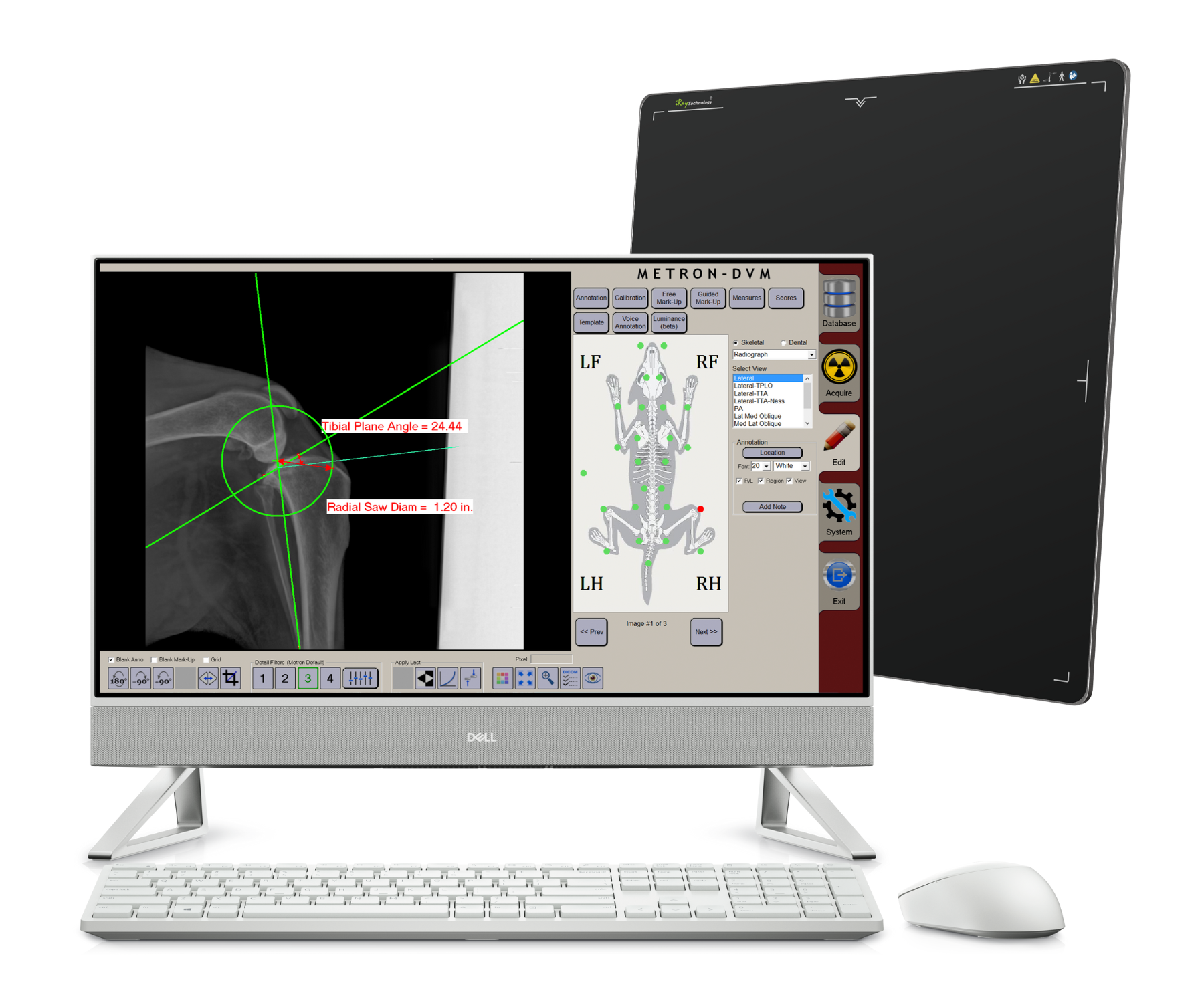What Can Thermography Do for You?
Thermography is a powerful diagnostic tool that offers early detection of subtle circulatory changes in soft tissues, making it an invaluable resource for veterinarians. By providing highly sensitive imaging, thermography helps identify issues before they become clinically evident, allowing for more proactive treatment and better outcomes for animals.
Key Benefits:
- Early Detection of Inflammation: Thermography can detect inflammatory reactions in joints and tendons 2-6 weeks before clinical signs of lameness appear, enabling early intervention.
- Stress Identification: This technology identifies tissue abnormalities while they are still in a state of stress, rather than waiting for visible anatomical disruption or injury.
- Visualization of Neuro-Vascular Changes: Thermography allows veterinarians to observe neuro-vascular changes, such as the effects of vaso-active substances, helping to monitor vascular health and detect early dysfunction.
Common Uses in Veterinary Practice:
- Musculoskeletal System: Thermography is particularly useful for detecting conditions in the musculoskeletal system, including Saddle Fit analysis, to ensure proper fit and comfort.
- Neurological Conditions: It aids in the diagnosis of neurological conditions by detecting nerve damage or dysfunction.
- Dental Issues: Reveal dental problems that may not be apparent through traditional examination methods.
- Infectious Diseases: Thermography can assist in identifying infectious diseases by detecting abnormal heat patterns in affected areas.









